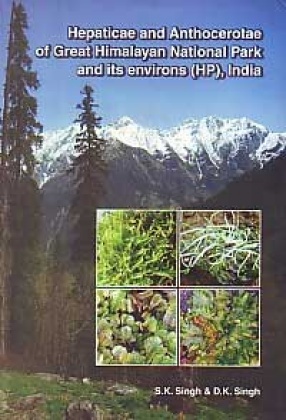
D.K. Purohit

Showing all 13 books

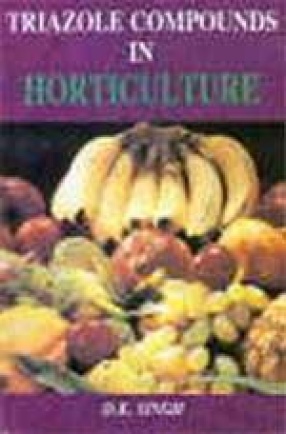
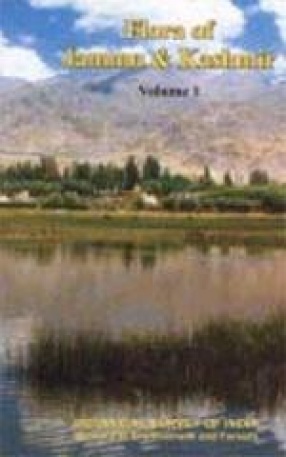
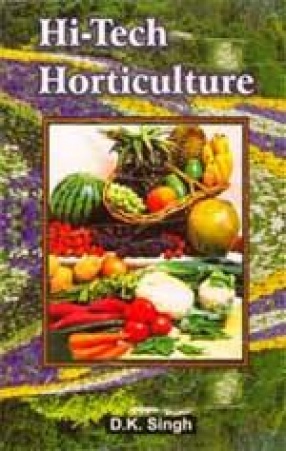

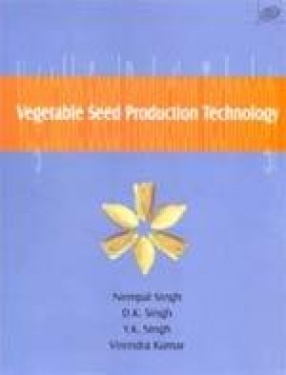
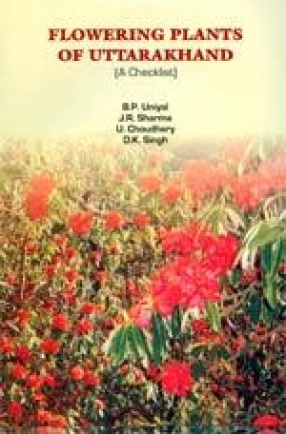


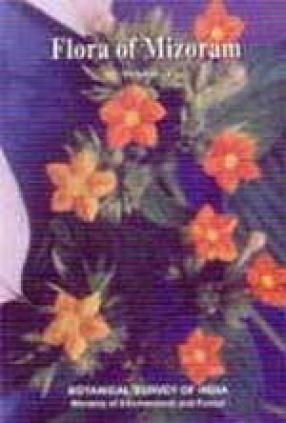
The Flora of Mizoram is proposed to be published in three volumes. The present volume, dealing with general chapters, like introduction, physiography, climate, geology and soil, forests and forest types, botanical studies, forestry, economic plants, floristic diversity, references, key to the families etc. includes taxonomic account of 884 taxa belonging to 403 genera and 90 families from Ranunculaceae to Asteraceae. Of these 172 species and one variety have been ...
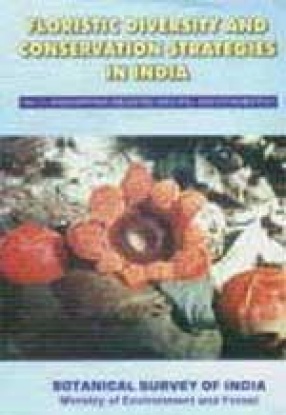
Based on the enormous data, accumulated by the scientists of the Botanical Survey of India over a period of more than hundred years, on various facets of the floristic wealth of our country, the department initiated a series on Floristic Diversity and Conservation Strategies in India to take stock of the status of diversity and conservation in various taxonomic groups of Flora of India and related applied aspects. The first volume in the series, covering a ...

Notothylaceae is a phyletically isolated yet interesting group of bryophytes. The family is largely represented in East and South-East Asia, with principal focus of its origin and differentiation being the Indian subcontinent, where it is represented by the maximum number of species. The monograph presents the results of a morpho-taxonomic revision carried out on eleven species of the genus Notothylas Sull. from India and Nepal. The study encompasses critical, ...

Biodiversity is one of the most defining features of the nature, vital for the ecological security of a region and livelihood security of millions of those who critically depend upon it for their daily sustenance. Floristic component of the biodiversity is the major provider of ecosystem services and is basic to meet livelihood needs of not only the human beings but all other animals at large. The judicious management of floristic resources is, therefore, ...

Hi-tech horticulture is a chain system of cultivation having proper linkage right from selection of seed variety for sowing to supplying it to the end user. Intensive cultivation, less environment dependent with hi-tech production input is the necessity for self-sufficiency in food. Since no serious attention has been paid for popularizing the recent development in horticultural crops, the book is a laudable attempt in this direction. The book consist of chapters ...

Integrated pest, disease and soil management is a management system that in the context of associated environment and population dynamics of pest species, disease species and soil, utilizes all suitable techniques and methods in as compatible a manner as possible and maintain pests and diseases at levels below those causing economic injury. It is the integration of all suitable management techniques with natively regulating and limiting elements of the ...

Plants are multicellular with their specialization into structural organs adopted for light utilization and gas exchange. Several chemicals and plant growth regulators have been used to improve production of horticultural crops. Fruits are highly perishable in nature, therefore, suffer heavy losses (20-30%) after their harvest particularly during the post harvest handling. The book consist of chapters including post harvest management of fruits, storage of ...

Elements of Horticultural is concerned with the learning of primary aspects of art and science of horticulture. From this book the learner should know what is horticulture, what is its scope and importance besides horticultural crops and their classifications. He should be able to make choice of horticultural crops for a given set of climatic and soil conditions and should be able to make decision about site selection, planning, planting, nutrition, irrigation, ...

The book “Vegetable Seed Production technology†has been compiled by the authors keeping in view the production quality of vegetable seeds and to meet out the increasing demand of the4 country. The quality and yield of vegetable production totally depends upon the quality seeds used by the growers. Quality vegetable crop seed production is itself a business and much more paying on the basis of per unit area to the growers in comparison to other field crops. ...
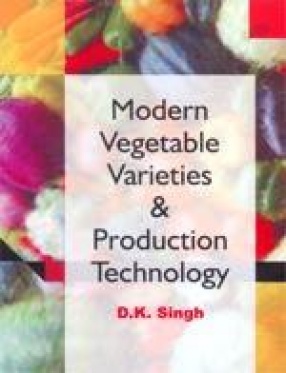
India is the second largest producer of vegetables in the world next only to China. Because of the varied agro-climate conditions in India, a large number of vegetables are grown here. A great deal of research work has been conducted in disciplines of vegetable breeding and production technology which has led to increased vegetable production. The landraces and locally available genotypes have been replaced by various vegetable varieties including hybrids. The ...

Uttarakhand was carved out of Uttar Pradesh on 9 November 2000 as a separate state. The state is predominantly mountainous with exception in the south where plain areas occur. The state encompasses two phytogeographical regions, the Siwaliks and the Western Himalayas, a storehouse of plant wealth. The altitudinal variation and varied topography make the state floristically a rich area. The state has no published flora of its own, therefore it was decided to ...
